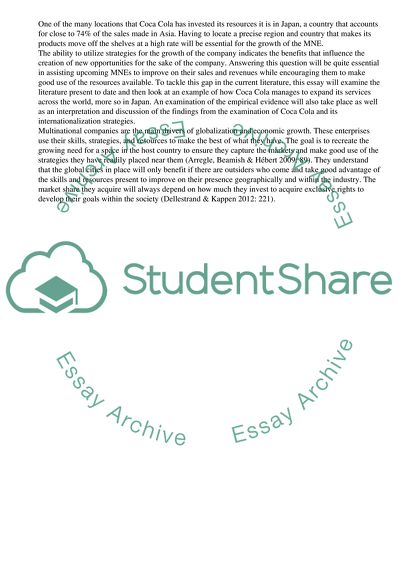Cite this document
(“Stratigec Assignment Example | Topics and Well Written Essays - 2500 words”, n.d.)
Stratigec Assignment Example | Topics and Well Written Essays - 2500 words. Retrieved from https://studentshare.org/business/1680446-stratigec
Stratigec Assignment Example | Topics and Well Written Essays - 2500 words. Retrieved from https://studentshare.org/business/1680446-stratigec
(Stratigec Assignment Example | Topics and Well Written Essays - 2500 Words)
Stratigec Assignment Example | Topics and Well Written Essays - 2500 Words. https://studentshare.org/business/1680446-stratigec.
Stratigec Assignment Example | Topics and Well Written Essays - 2500 Words. https://studentshare.org/business/1680446-stratigec.
“Stratigec Assignment Example | Topics and Well Written Essays - 2500 Words”, n.d. https://studentshare.org/business/1680446-stratigec.


